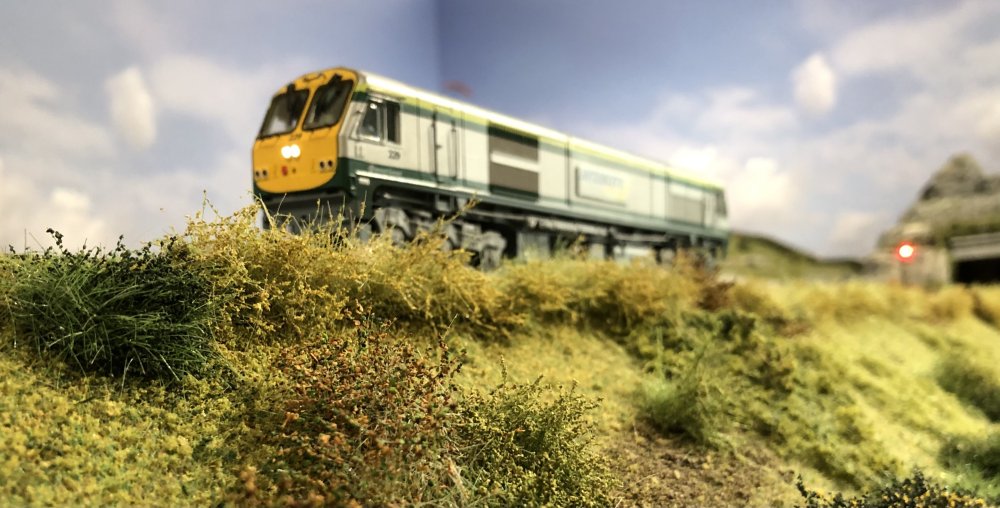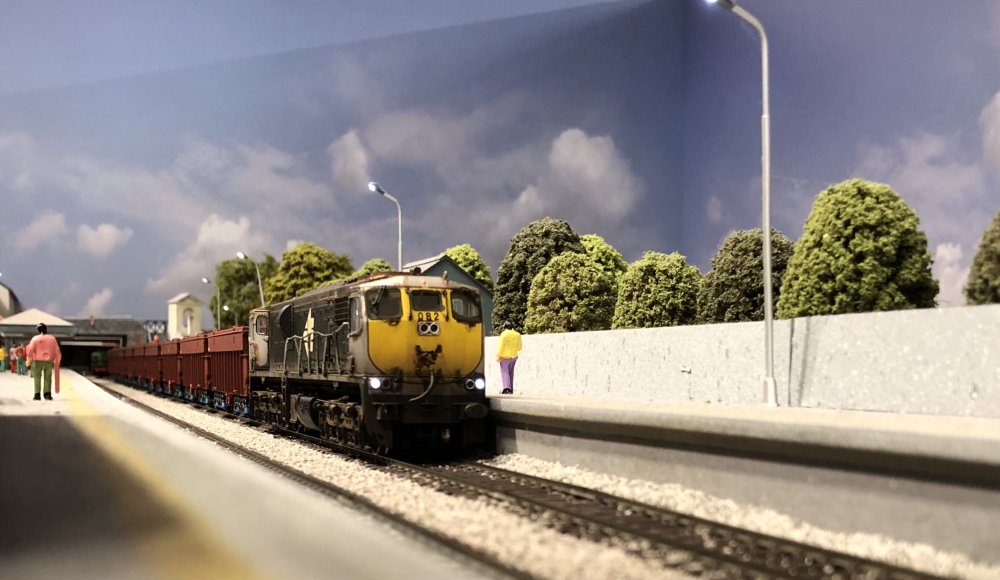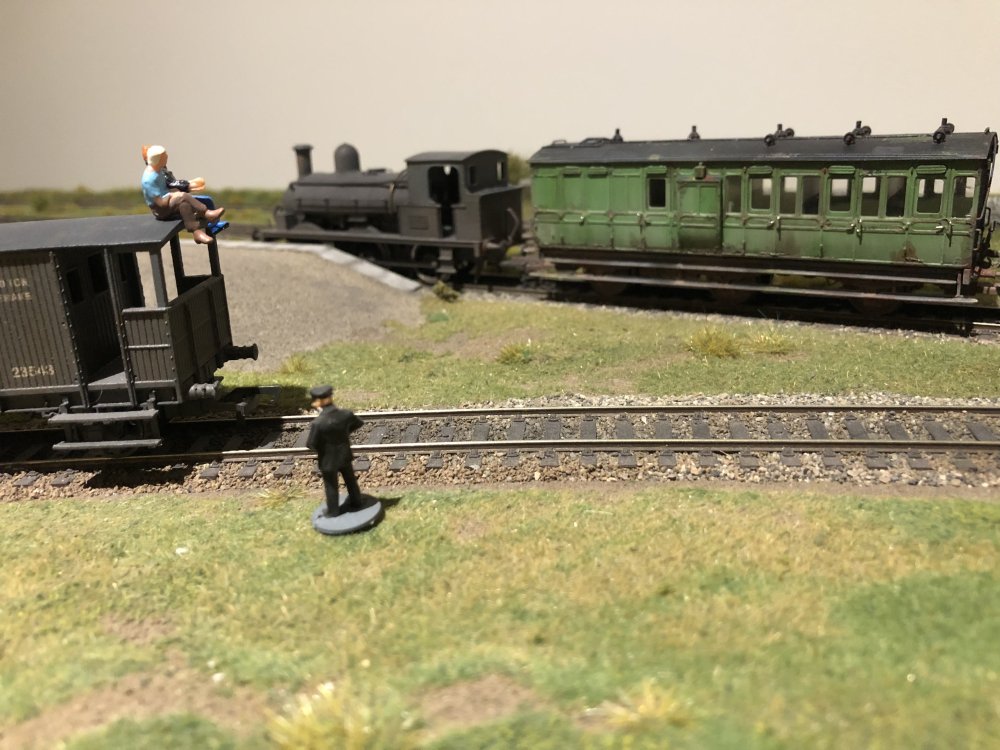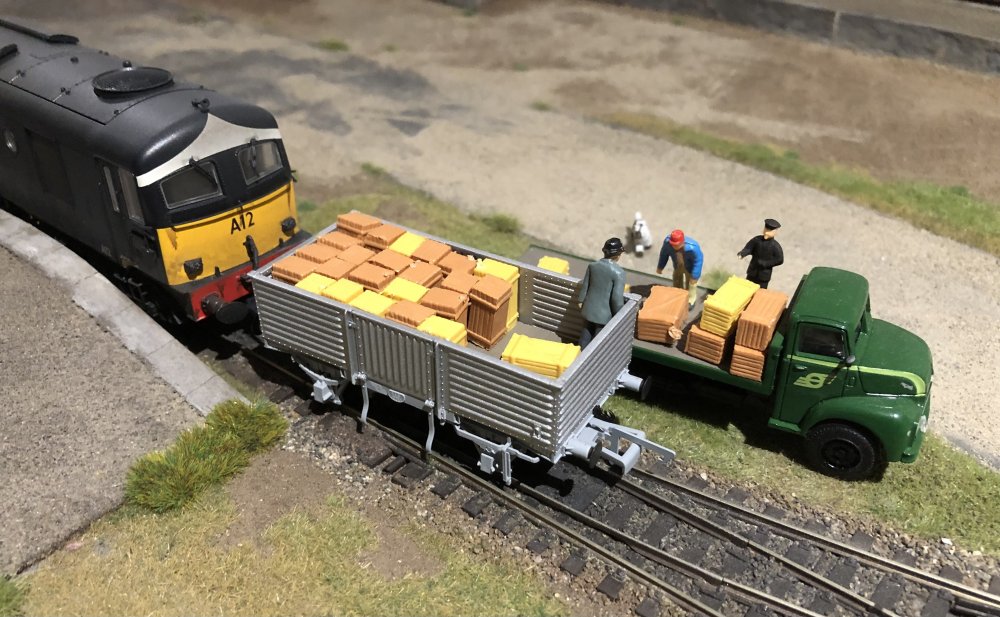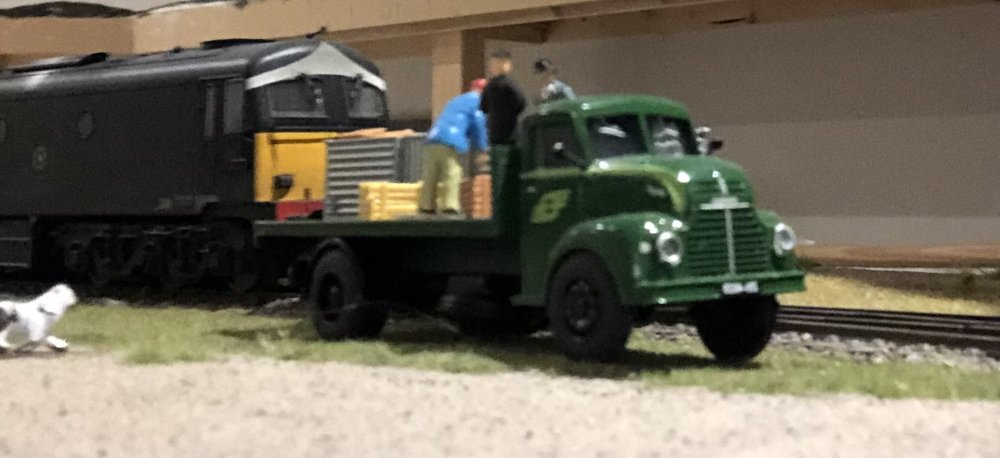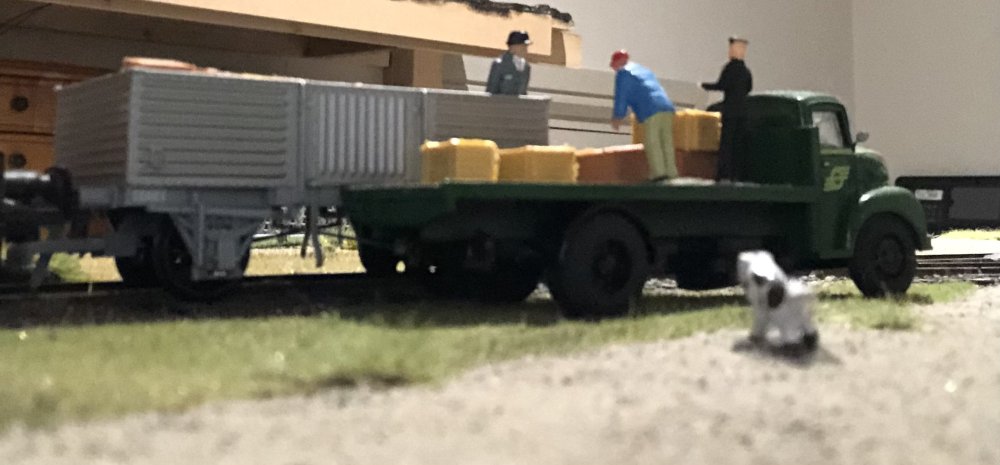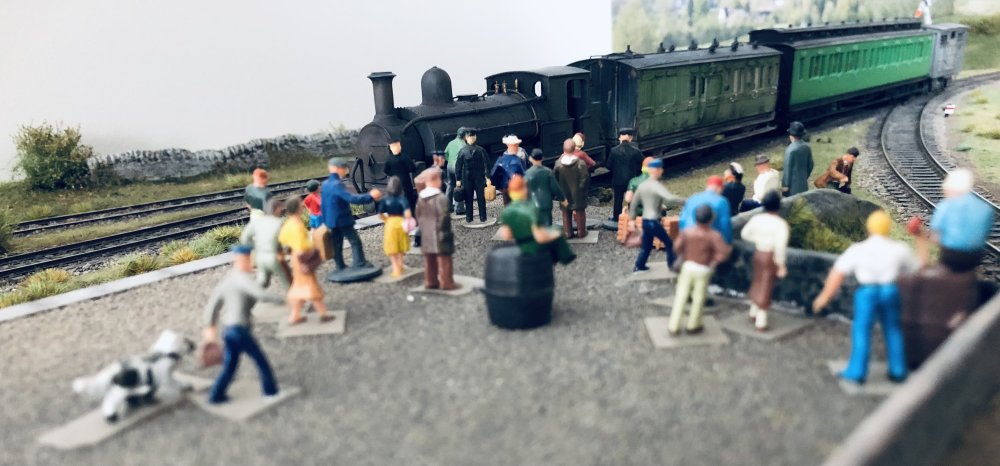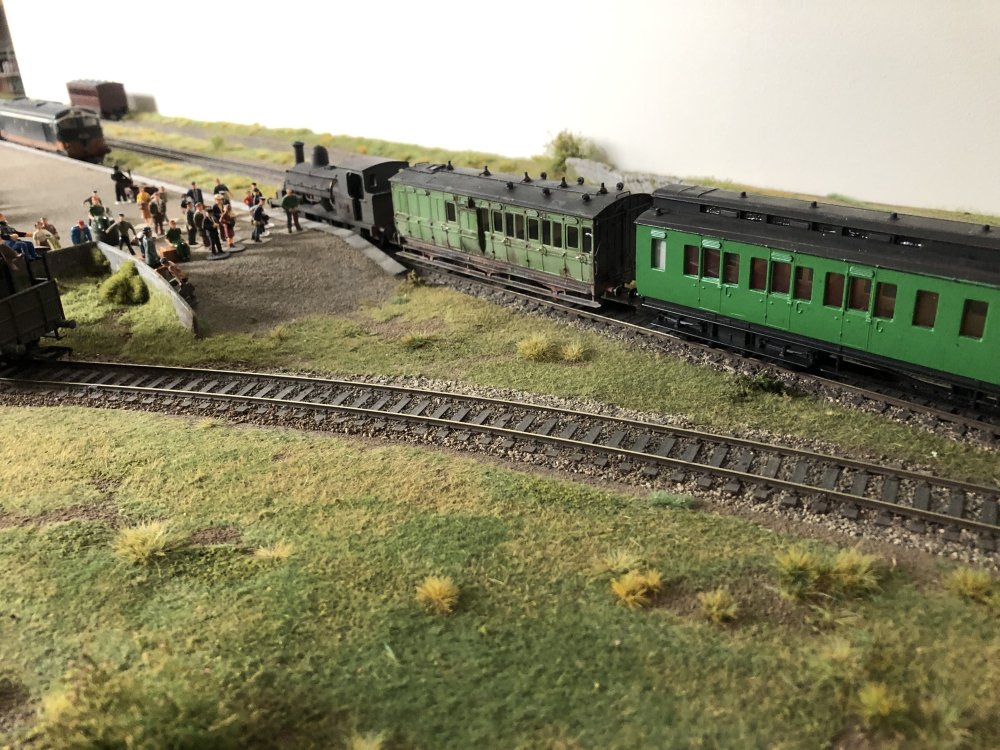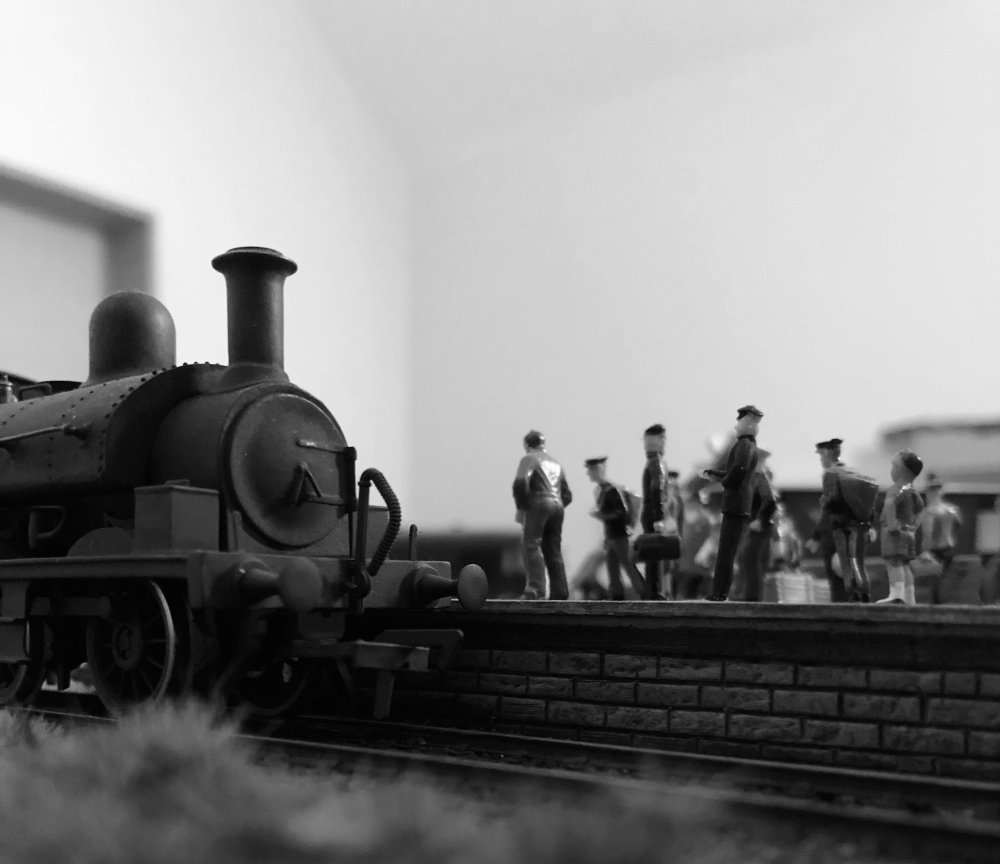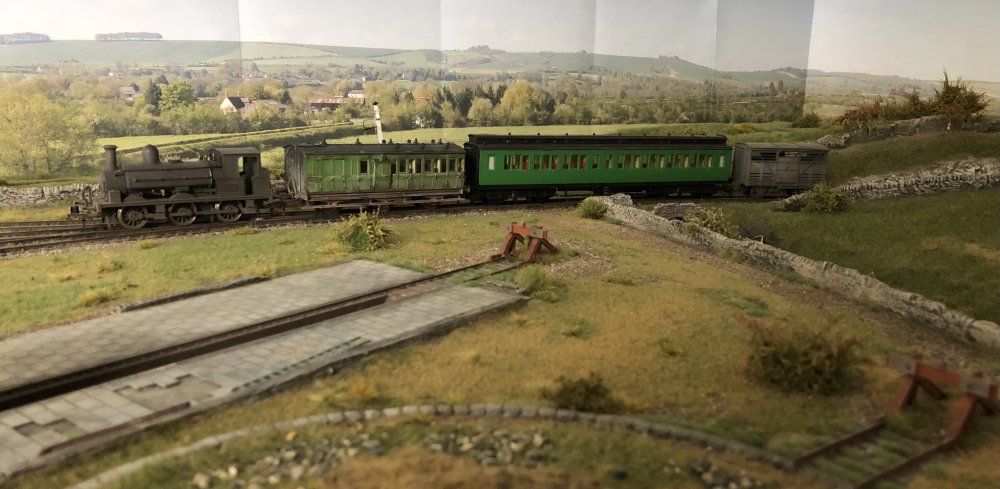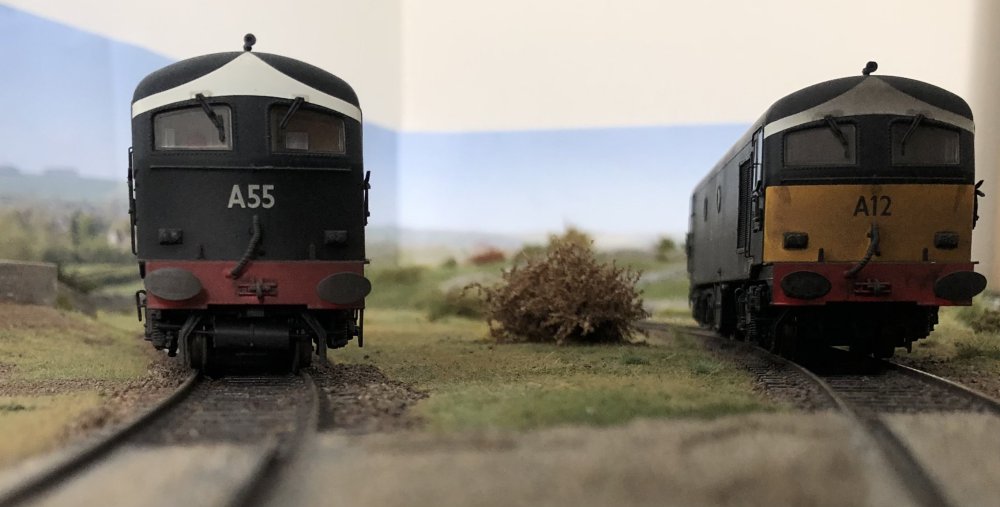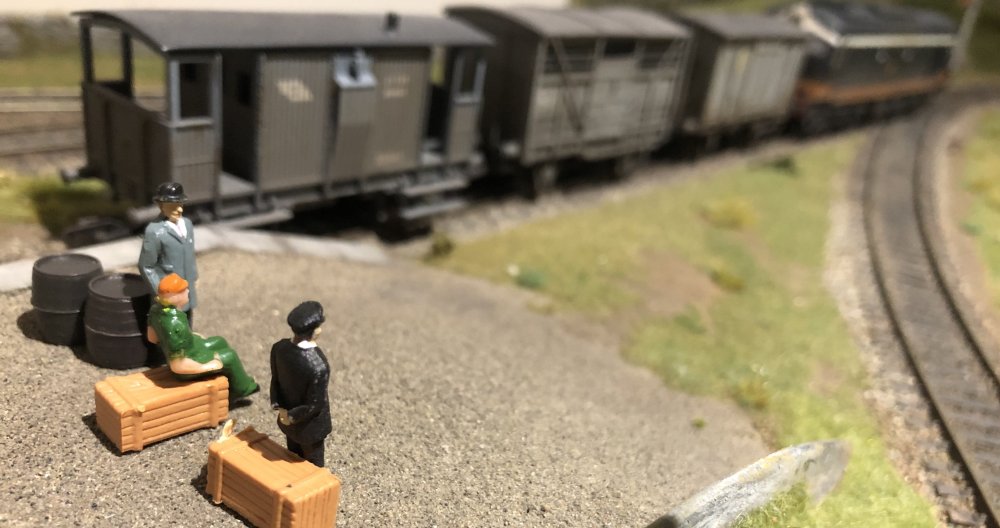-
Posts
15,923 -
Joined
-
Last visited
-
Days Won
394
Content Type
Profiles
Forums
Events
Gallery
Blogs
Community Map
Everything posted by jhb171achill
-
For Irish viewers, I have dealt for years with Frank Glennon & Co., now part of some multinational, beside the Charlemont Luas stop. This post has reminded me that my stuff is NOT sinured separately, unless under household contents, but the replacement value of what I have would be significant, so thank you for focussing my mind on this. However, in the PAST, I have had valuable items separately listed. At one stage, following a house clearance of a deceased relative, at one time I had a lot of valuable stuff of hers stored in the house for several years pending distribution to other relatives. At the time, Glennons had no problem including specific separate items. I believe my own normal home policy will cover the layout I have now, but this post has prompted me to check.
-
Mark 1 Suburban Coaches Formations guide
jhb171achill replied to Warbonnet's topic in British Outline Modelling
Question: where did these typically operate and what locos usually hauled them? -
Only two, and they always ran together. And as far as I know they never operated in a normal train formation, only specials and special parties. Very nice, i only ever had one run in them though. And the bar only had Harp(ic) on draught......
-
Interesting! Any pics of the actual loco? Did they paint it grey and all, or just put a "snail" over whatever BR logo it had?
-
That has to come about some time. The AECs were as impor5tant to the 1950s and 1960s Irish railway scene as the ICRs are today, to the extent that any layout set anywhere west of the Shannon in particular, but also elsewhere, cannot be completely represented in layout form within that period without them. They were all over CIE, from Tramore to Bantry to (even) Belfast*; from Sligo to Newcastle West to Rosslare. the GNR, of course, had them too - all over the main line, but also the Banbridge and Newcastle branch, the Derry Road, and Portadown - Clones and Enniskillen. (* I once saw a CIE, rather than UTA, AEC set (in orange and black) passing through Lambeg. I do not know whether it was deputising for an Enterprise, or what it was doing there. I'm guessing it was about 1964/5).
-
I've been derelict in many a place, Galteemore, but only once did I get derelict in Antrim, as I wasn't driving that day................
-
Derelict at Antrim, late 1960s. Aluminium-repannelled 1920s non-corridor NCC suburban stock, withdrawn mid-60s. Incidentally, note the size of the UTA crest. The bought transfers that are available of both the original 1949-61 "roundel" with the red hand, and the later crest as seen here, are both weel over scale size. I must measure the actual ones some time as I have copies somewhere.... maybe someone can print scale sized ones! (H C A Beaumont collection)
-
Some re-panelled suburban stock had the line quite close to the bottom of the windows….
-
Depended on the exact coach design but generally about 3-4 inches below the bottom of the windows, or across the nearest line of beading. Lining was a straw colour, rather than yellow. It was about an inch wide and edged both sides with an extremely thin red line. Coach ends black and roofs mid-grey when fresh, but quickly darkened in use.
-
Activity at Malahide, from light engines to Taras under a stormy sky, to the 1990s Enterprise….. IMG_1814.mov IMG_1813.mov IMG_1814.mov
-
-
“This is only the start of it. Next Tuesday it’s three wagons of crates from North Wall, and every Tuesday after that maybe up to half a dozen of ‘em, for Munster Simms….” ”Jaysus, me back’s killing’ me already! What’s in them?” ”Says machine parts on the papers…”
-
I believe it will be piles of money.
-
Precisely the very first thing I thought when I learned of what the overall final plan was to be for this place!
-
The last Bandon saddle tank was retired in the early 1940s at Albert Quay. But in the parallel universe of Dugort Harbour it was sent to Castletown West, where it eked out an existence as station pilot for another fifteen years. As its final retirement in autumn 1959 approached, the IRRS arranged that it would haul the midday passenger train down to the harbour. The IRRS group got the first Tralee train of the day from Dublin, with the Cork area group joining at Mallow. On arrival at Castletown West, with a specially requested Woolwich up front, they took a bus to the harbour to photograph 472 arriving on what would be its last public train. Over the winter it shunted beet wagons, and was withdrawn the following spring. A few familiar faces in the crowd - do we see Joe St Leger, Beaumont senior, and a youthful Leslie? Well, Beaumont senior will be one of the pair sitting on the guards van roof in the siding…. Note the contrast between the old six-wheeler, its paintwork now badly faded by the west Kerry sea air and mountain winds, and the venerable 1908 GSWR composite, only just out of Inchicore after a major refurbishment and repainting….
-
A "C" would certainly be logical. They've done so much (as have you, Leslie!) in terms of advancing the 1950s / 60s scene, with "A"s in 1955-72 liveries as well as the more modern ones, that a "C" would fit very obviously into that. As for steam, if 00 Works had not done a J15, I think I'd lay money on that, but a WT might seem an option too, for reasons mentioned elsewhere. Either way, whatever it is, I want one!
-
Indeed. Well, hopefully it won't be too long; next time I'm due to go to Belfast will be early December. Fingers crossed!
-
A milestone reached today at Dugort Harbour. The bit you see in pictures, with scenery, was initially conceived as nothing more than a shunting layout. Beyond the curve in the cutting was to have simply a fiddle yard. However, a house move enabled a substantial extension. As previously mentioned, the new extension had to be at a slightly higher level, due to the need to provide access to a service hatch under it. Thus, being of two levels, the actual Dugort station remains at one level, with the branch line from there to Castletown West, and the "main line" beyond that ending in a fiddle yard. With very gratefully recieved assistance from my learned friends, the older bit will soon be raised, and the connection put in, enabling through running. But as of today, all points and wiring in Castletown West were completed (again, by my Learned Friend!) and this enabled a trial run tonight of a full operating sequence within the station. The modus operandi will be based on adaptations of the Valentia and also West Cork timetables of about 1960, with two main line passenger trains a day from CW to "town"; this may variously be Cork or Tralee, as the layout is situated at some sort of remote south-western outpost, probably an hour from Tralee, 2 from Cork, or some such. Those places are represented by the fiddle yard. So trains arrive from there, and local branch line services provide a continuing service down to Dugort Harbour. This type of operation is based exactly on the convoluted (and highly inefficient!) toings and froings between Valentia Harbour and Cahirciveen, or between Skibbereen and Baltimore. Thus, from an operational point of view, instead of a simple end-to-end run (fully round and round isn't possible due to the small matter of a door into the layout room...), main line trains arrive at CW, which is in the middle, with all the shunting and so on that this entails, while connections go from there to the other end. For the first time I did a trial run of a full sequence tonight - it took two full hours. A good evening's bumbling about in the attic if ever there was one. As always, indebted to those who assist in making it happen - you know who you are.
-
Indeed. Once all this is finished, and normal services are operating in and out of Grand Circus, I think lessons ought to be learned about how not to plan a new station, how not to build it, how not to advertise it, how not to predict dates, and how not to plan services. As of now, I drive or go by bus when I'm going between Dublin and Belfast.
-
I think we’ll know for absolute certain about the new timetable, new station and Enterprise timings the day after they actually come into operation.
-
It’s 1966, and they’re relaying the loco yard up in Castletown. This means the two overnight locos stable down the harbour branch tonight. In the morning, A12 will be off with the 08:30 to Tralee, over an hour away, while A55 will have the 10:45 Cork goods.
-
On a cold snowy day in January 1965, A30 rescues a failed A42 from a remote location along the straggling bogland scenes near Castletown West. Looks like that sky has a good deal more snow in it…. Within months, they’ll both be repainted black, A30 having skipped the green livery entirely (as a few of them did in real life!)
-
The loco I'm not sure about, but that coach is a standard GSW design of approx late 1870s, possibly circa 1880. The W & W DID have stock of their own, several carriages anyway, but this isn't one of them. Absolutely amazing photo - where did you find that one?
-
"IRM? What's IRM? One'o'them groups up the north?"
-
Summer 1974…. “Yeah, but, it’s all very well goin’ on about McKinsey an’ all that, but look at that. One empty cattle van and what’s in the H van? Six crates of linen goods for Quill’s in Killarney. Sure ye’d get that in the back of a Morris Minor!” ”I know what you’re saying but I’ll tell you this. As long as Jackie O’Donoghue is the TD and mayor of Castletown, they won’t close this line!” (Spring 1976: all services were withdrawn…..)
.png.c363cdf5c3fb7955cd92a55eb6dbbae0.png)




